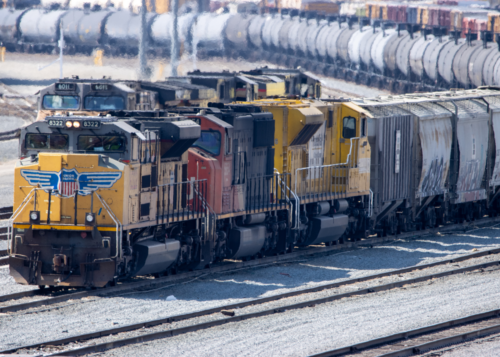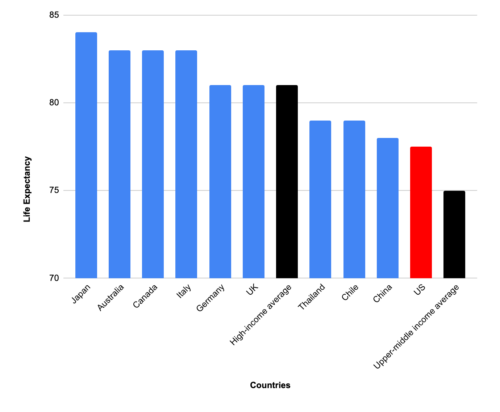Gas vs. Gasoline
By: / 07.22.2011
 America has a serious oil deficit. We consume almost three times as much oil as we produce. As a result, we send more than $250 billion a year offshore (mostly to our enemies and other bad guys) to import oil so we can keep our trains, planes, and automobiles running.
America has a serious oil deficit. We consume almost three times as much oil as we produce. As a result, we send more than $250 billion a year offshore (mostly to our enemies and other bad guys) to import oil so we can keep our trains, planes, and automobiles running.
On the other hand, America now has a huge surplus of natural gas, enough to last us for 100 years or more. If we replaced the oil we import with domestic gas, we could end our energy dependence and stop enriching U.S. adversaries. But rather than convert from oil to gas, plans are afoot to export the gas!
The economics of importing oil and exporting gas make no sense. We currently pay about $100 to import a barrel of oil. We are exporting natural gas at a price that has the energy equivalence of about $25 a barrel. That’s right, we are buying energy as oil for $100, selling the same amount of energy as gas for $25.
Buying high and selling low – this is what passes for national energy policy today. Our leaders should be embarrassed.
In addition to the economics, the strategic implications of converting from oil to gas are huge.
About two-thirds of the oil we use is for transportation. Converting our transportation fleet to natural gas would almost eliminate the need to import oil. Our trade deficit would be cut in half, petro-despots would be deprived of their largest revenue source, and our economy would get a $250 billion shot in the arm – every year.
So why aren’t we doing it? Converting gasoline and diesel engines to gas is relatively easy and very safe. The challenge is the infrastructure – a national network of filling stations that need to be in place before people will convert their cars and trucks to gas. Building that infrastructure requires such a huge effort and coordination among so many actors that it is unlikely that the private sector can or will make the switch by itself. Among other things, investors will worry that OPEC will defensively collapse the price of oil as they did in the ’70s. Given these market realities, the only way this switch can possibly happen will be if the government steps up to catalyze and help underwrite the effort. 150 years ago the government made a similar commitment to enable the trans-continental railroad – which ushered in America’s great industrial expansion. Converting to natural gas could bring about a similar economic boom.
Installing the required new fueling infrastructure for gas-propelled vehicles would be a tremendous generator of new jobs. There are few other investments the nation could make with as large a payoff across so many areas of national concern.
For those interested in the math:



One barrel of oil = about 5.6 million BTU. One Mcf of natural gas = about 1.02 million BTU. (The actual energy content varies slightly depending on the grade of the oil or gas. These are industry averages.)
Energy equivalence: The BTUs in 1 bbl. oil = The BTUs in 5.6 Mcf natural gas.
1 bbl oil costs $96.75 and the same amount of energy in gas costs $25.59 (5.6Mcf x $4.57),
The energy cost ratio between oil and gas is roughly 4 ($100/$25).
That means we’re paying 4 times as much for an oil BTU as we get when we sell a gas BTU.
It also means that once we have completed the conversion, operating on gas instead of gasoline will reduce our transportation energy costs by almost 75 percent.
Photo Credit: Arimoore







